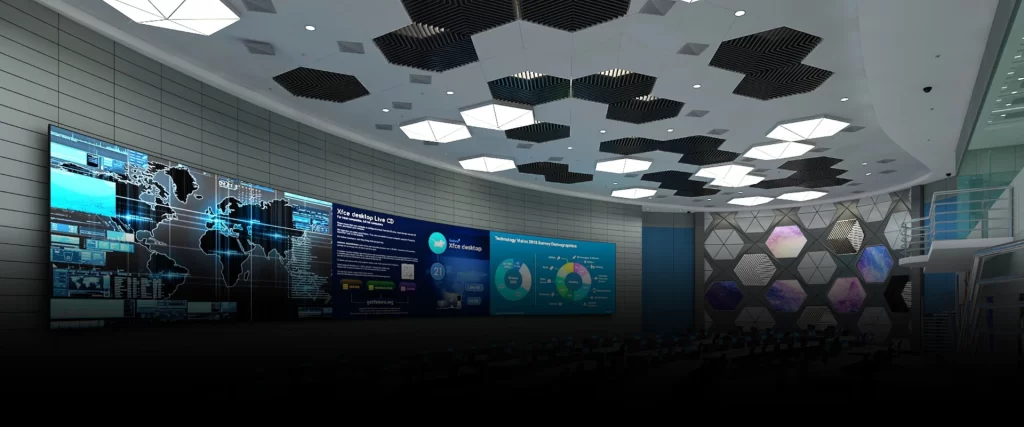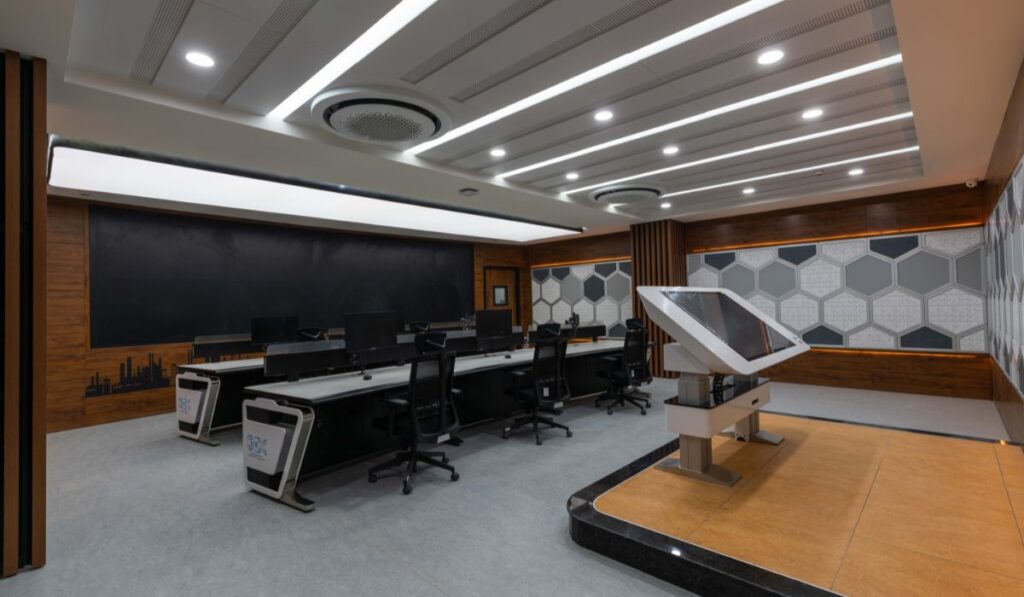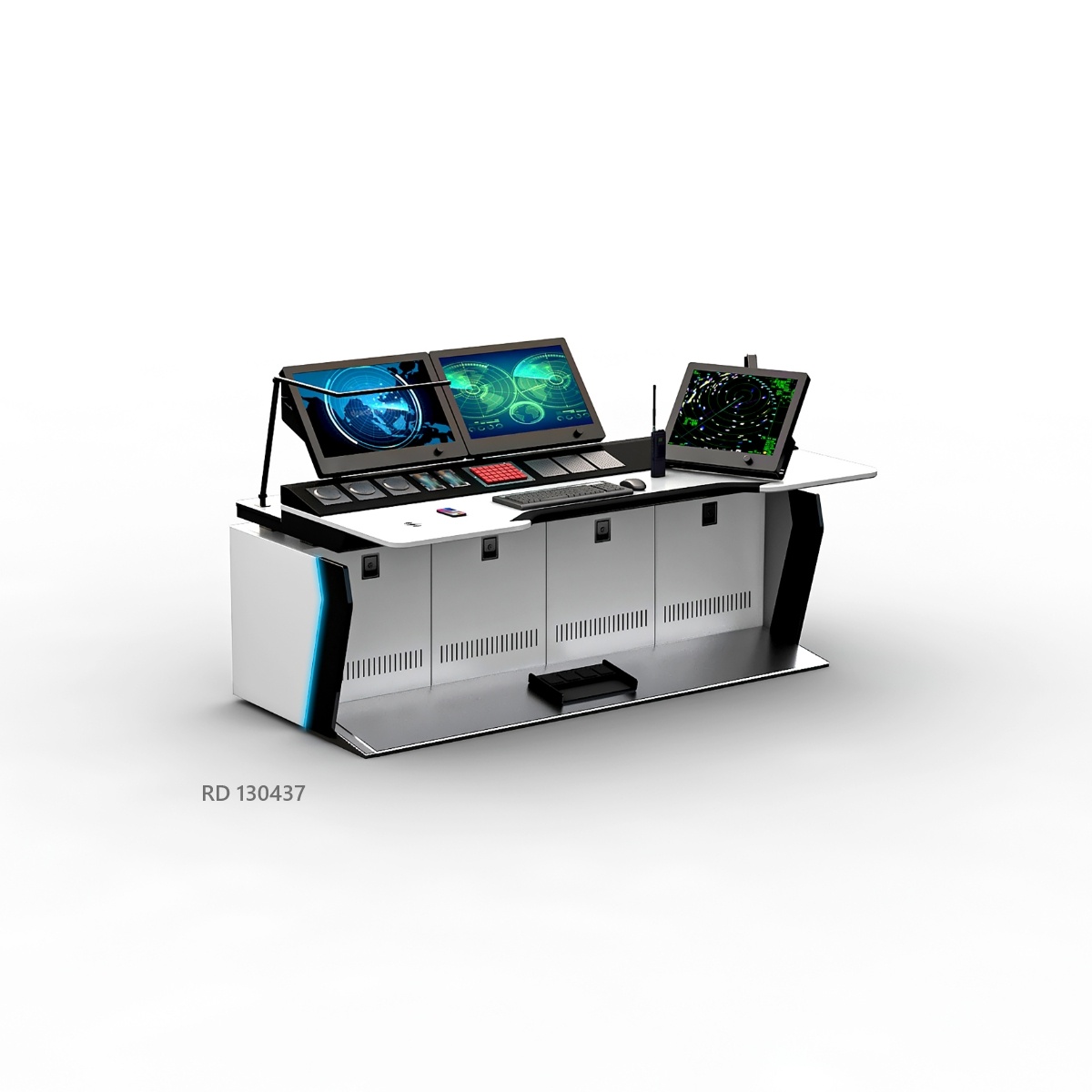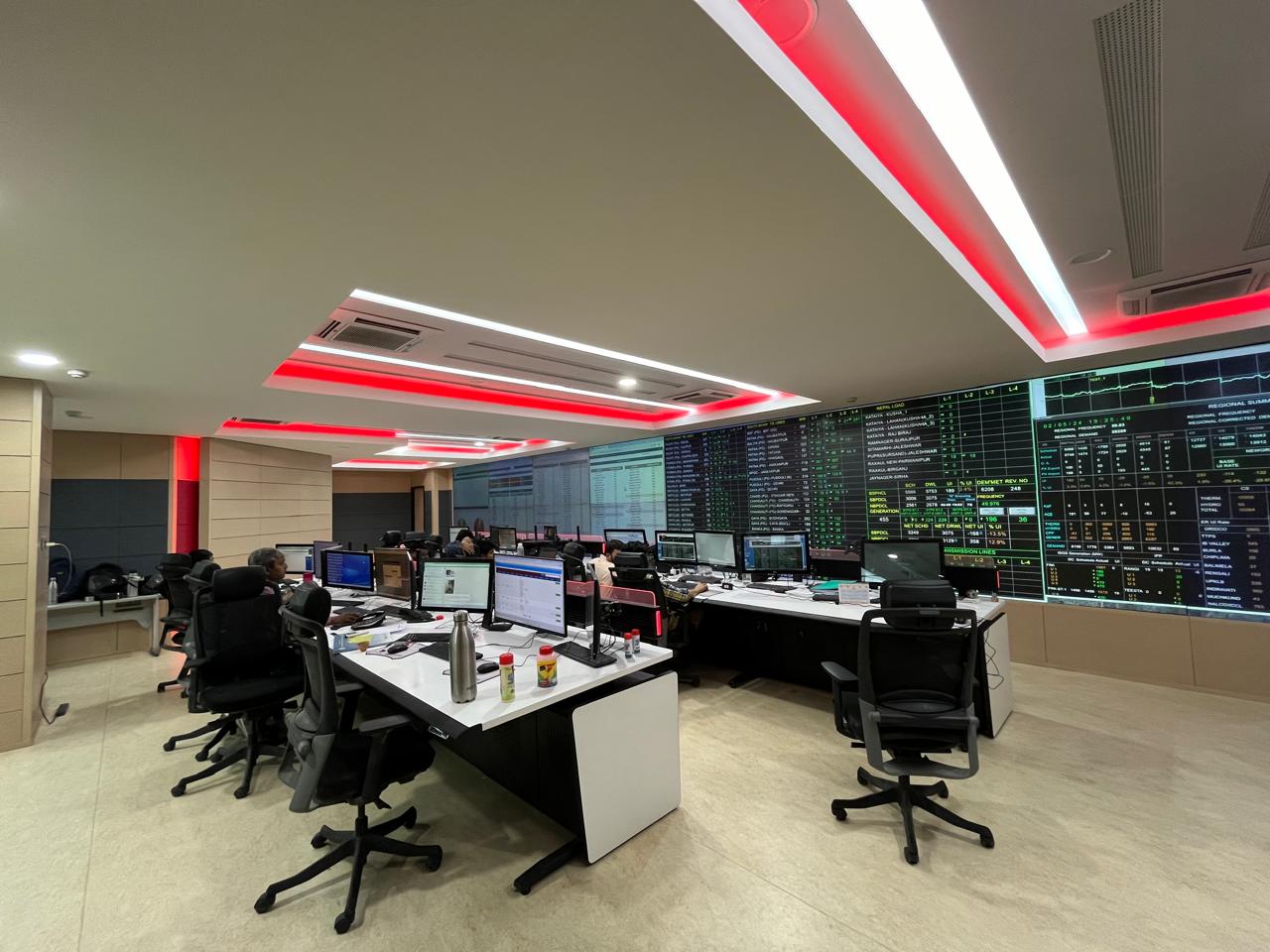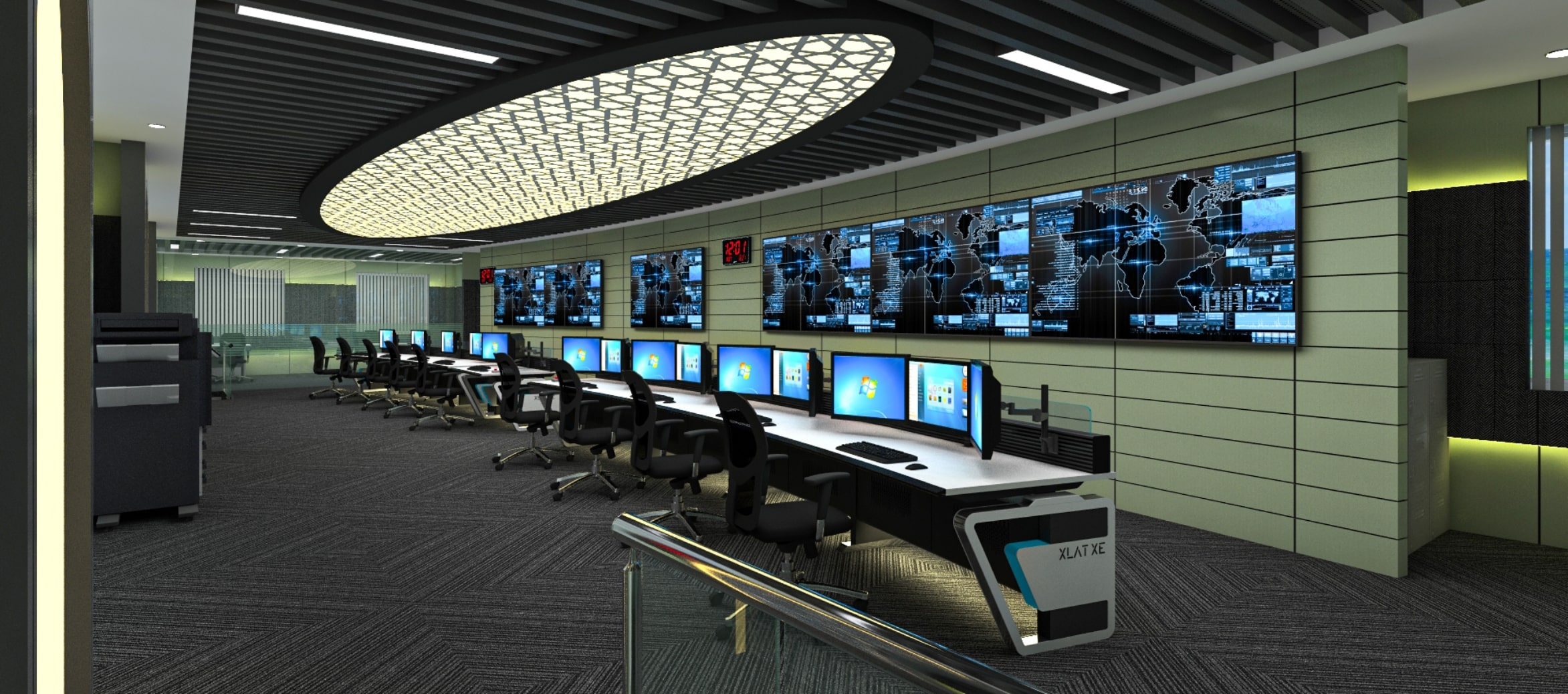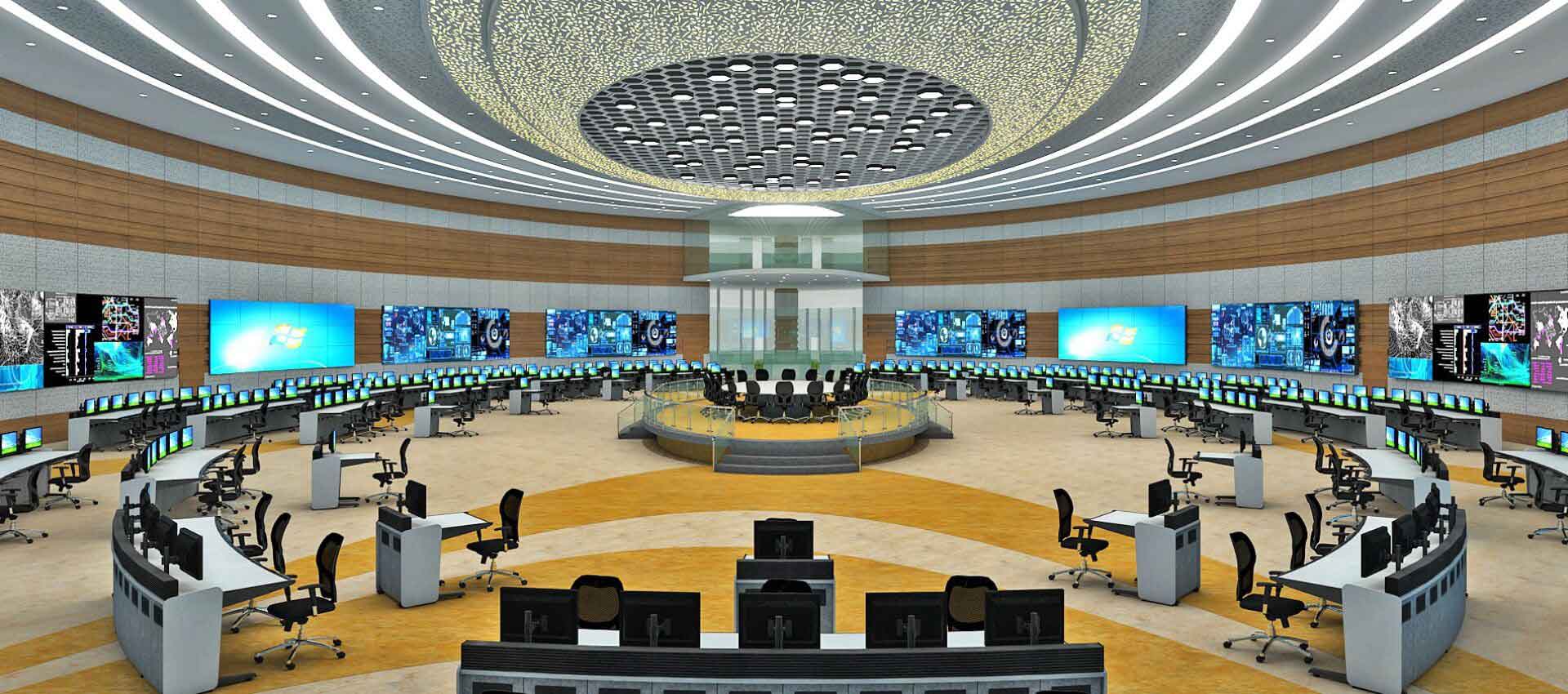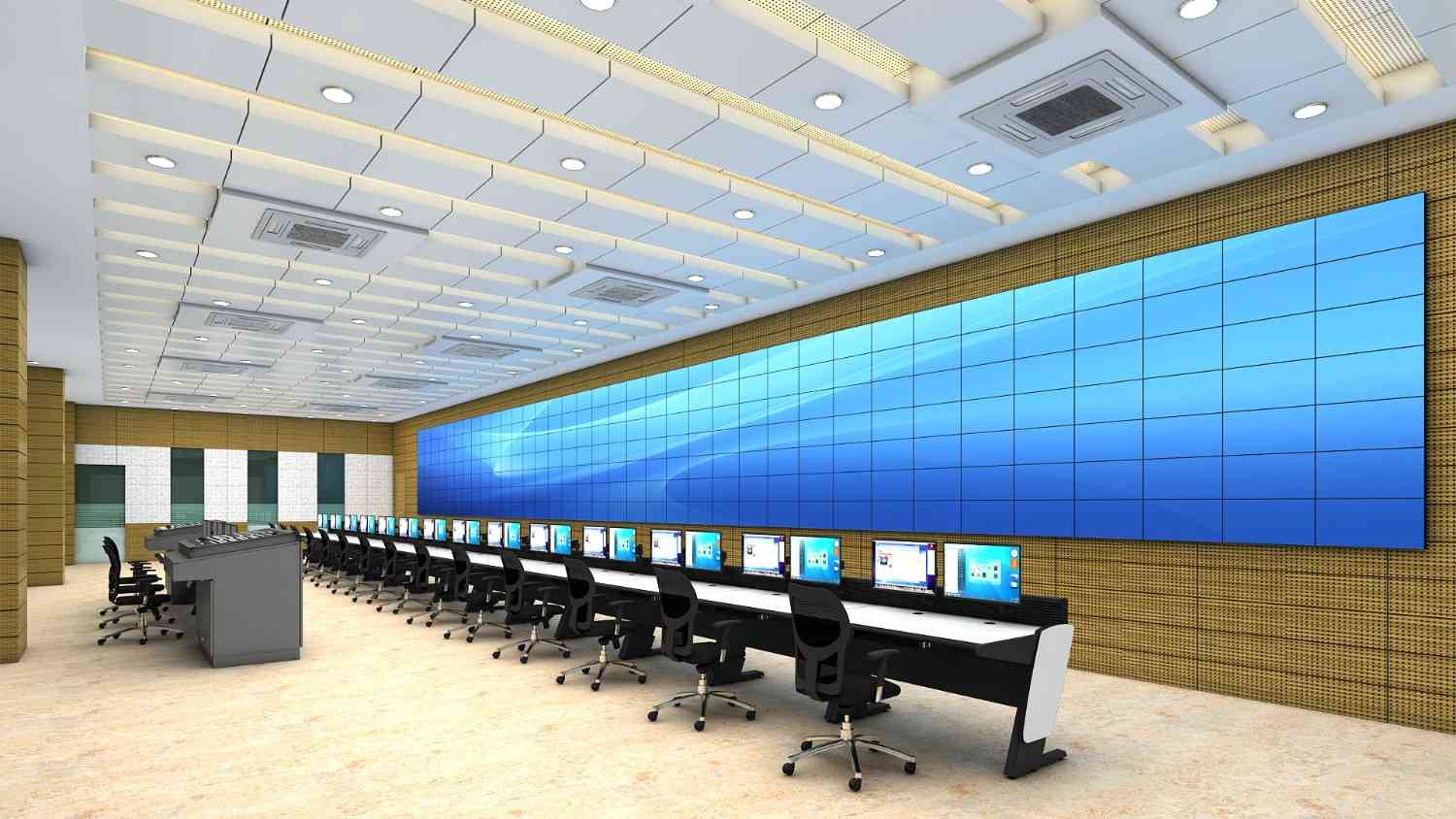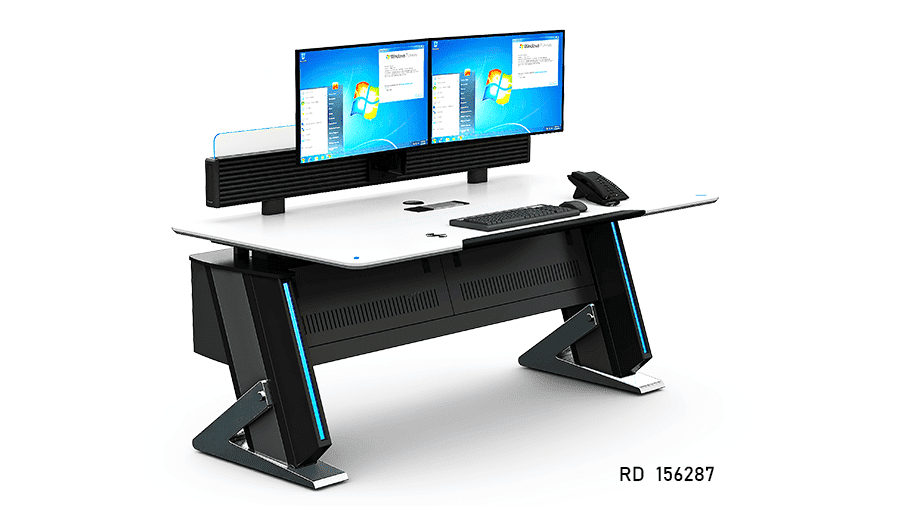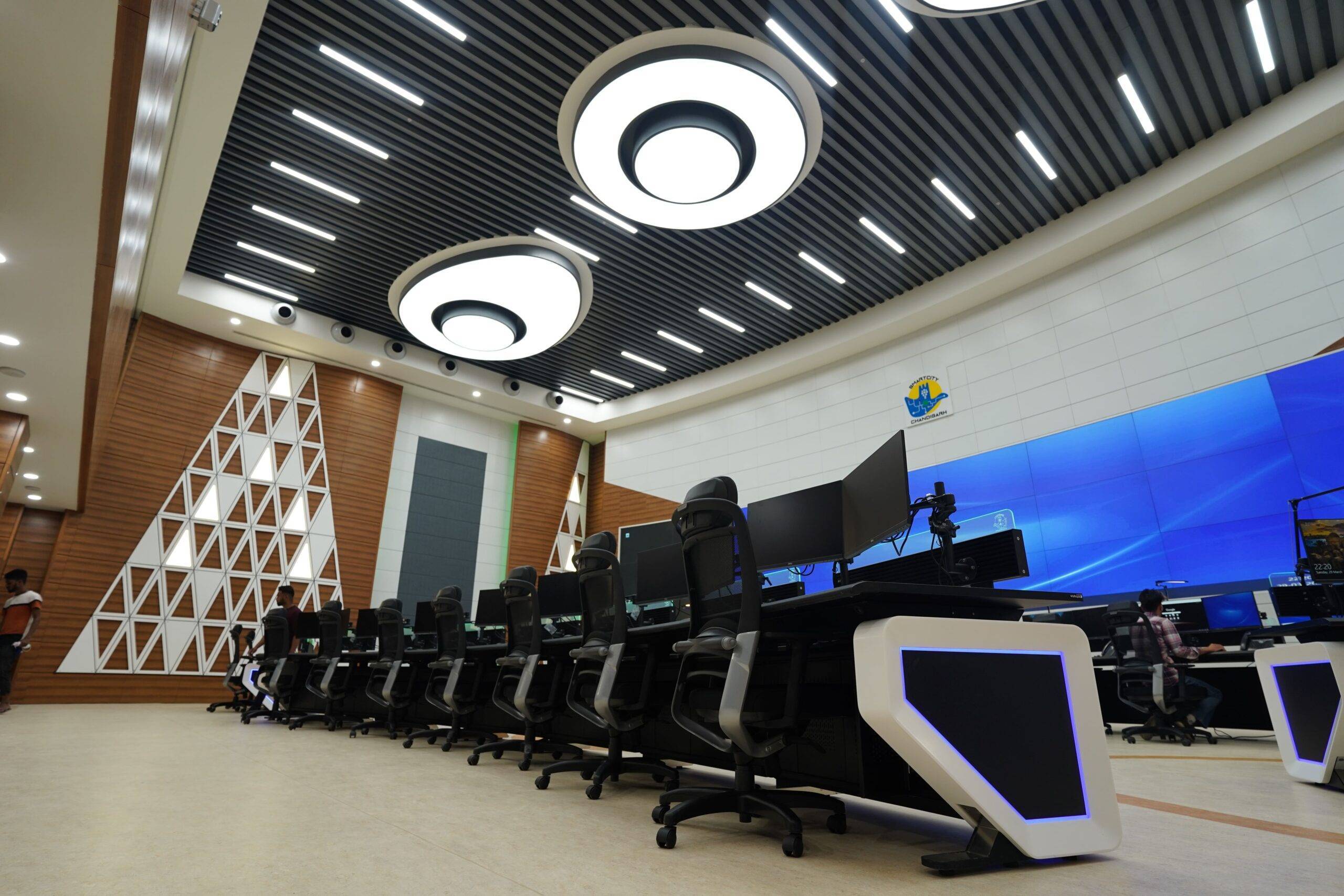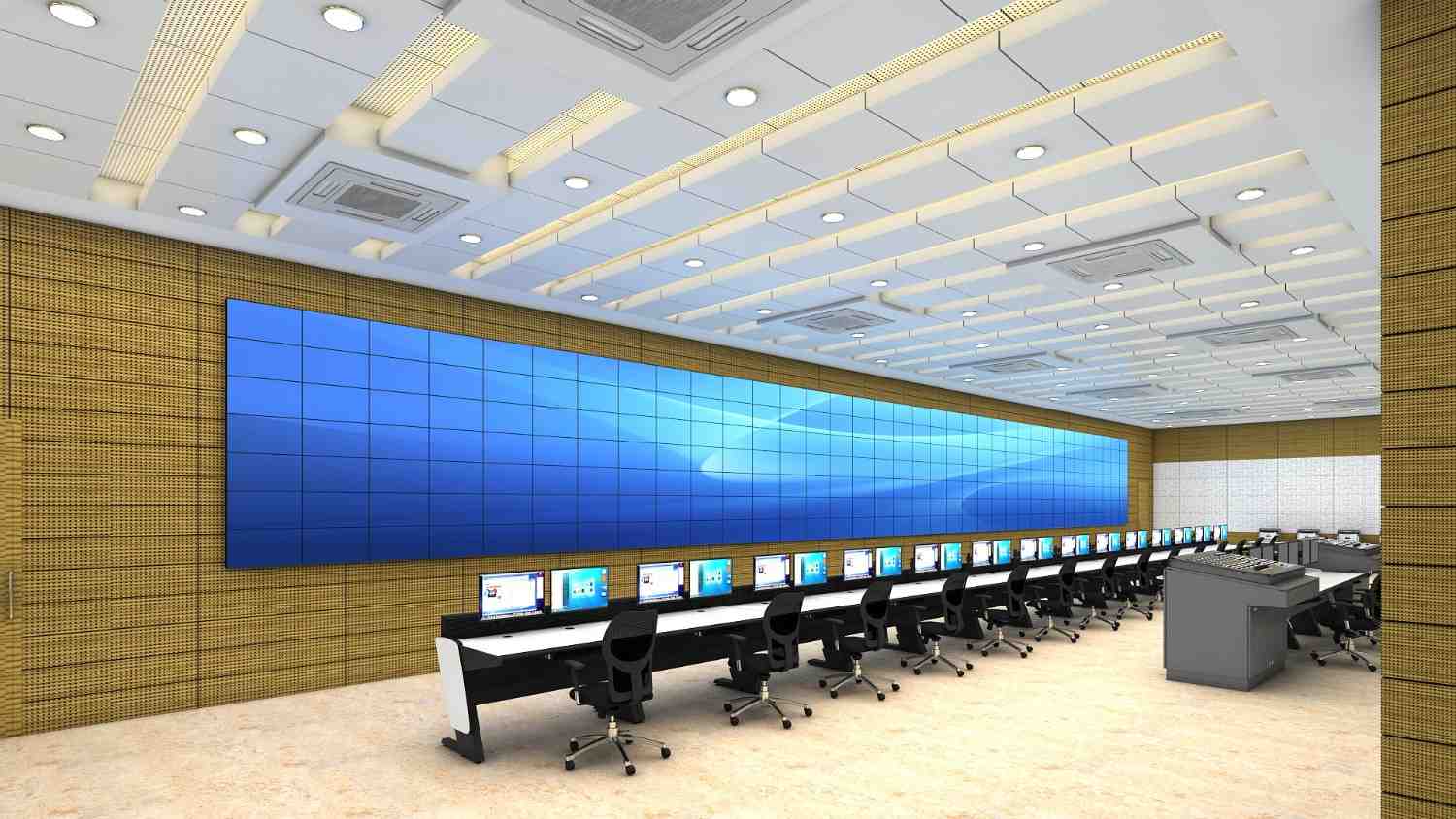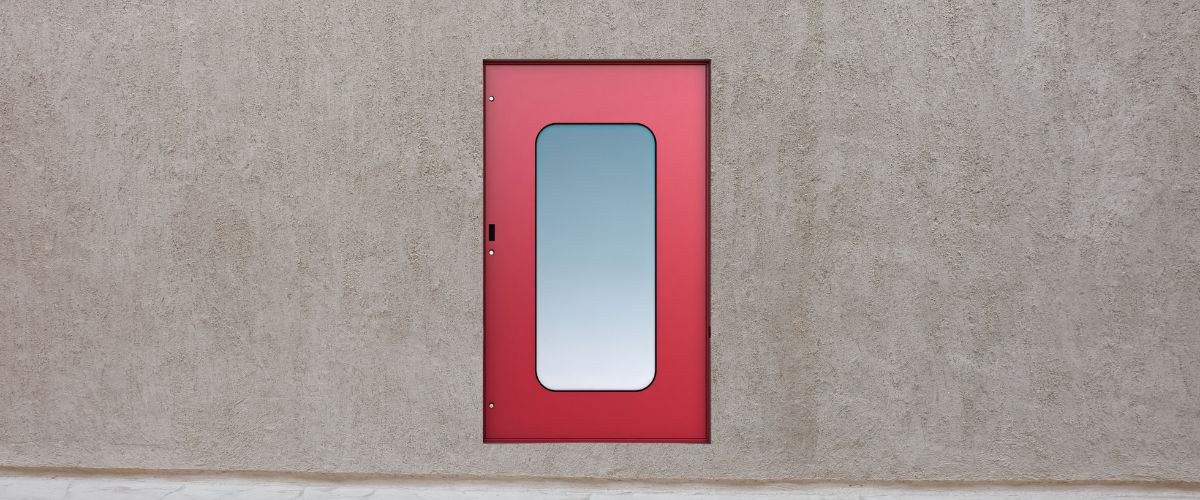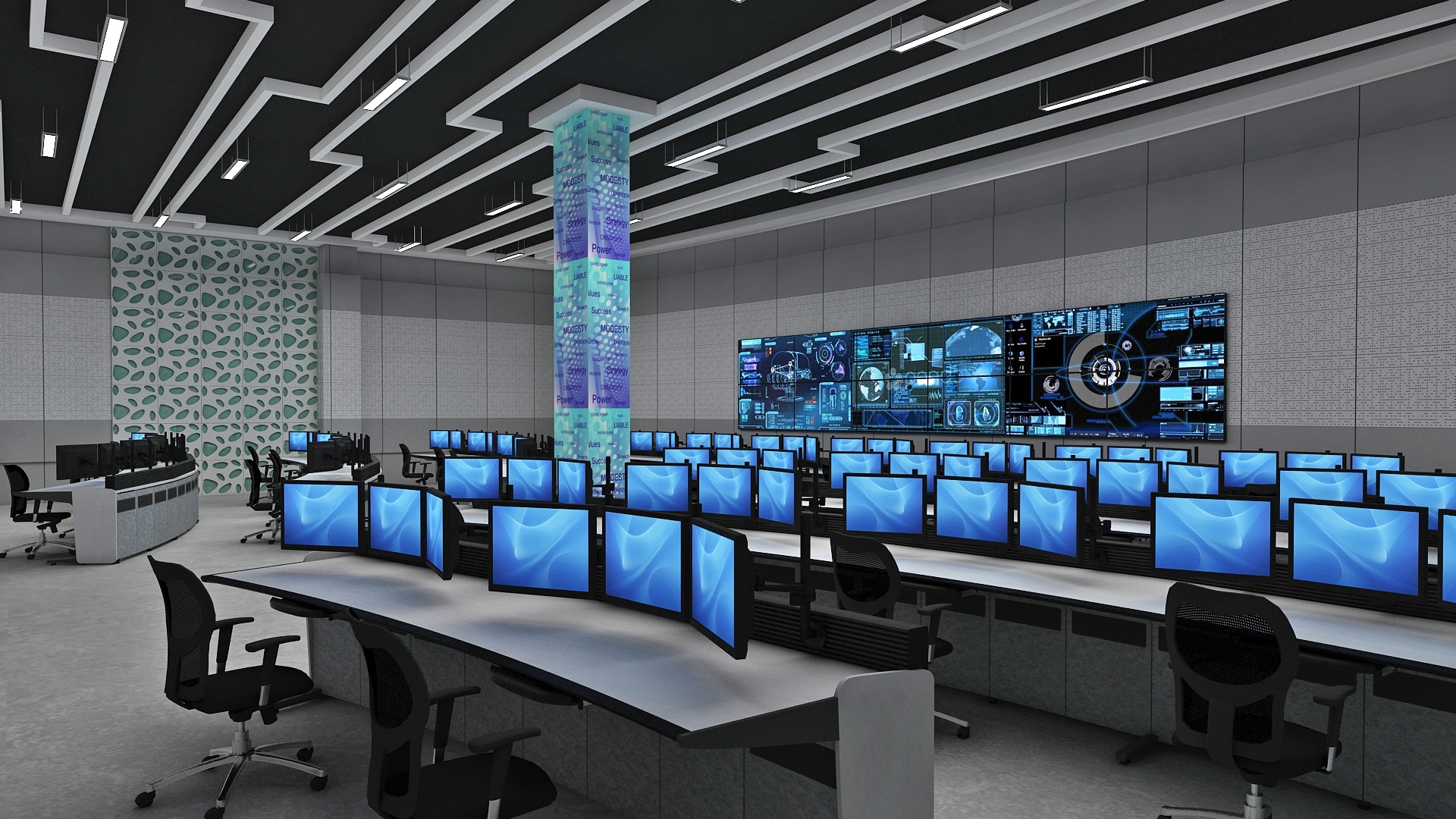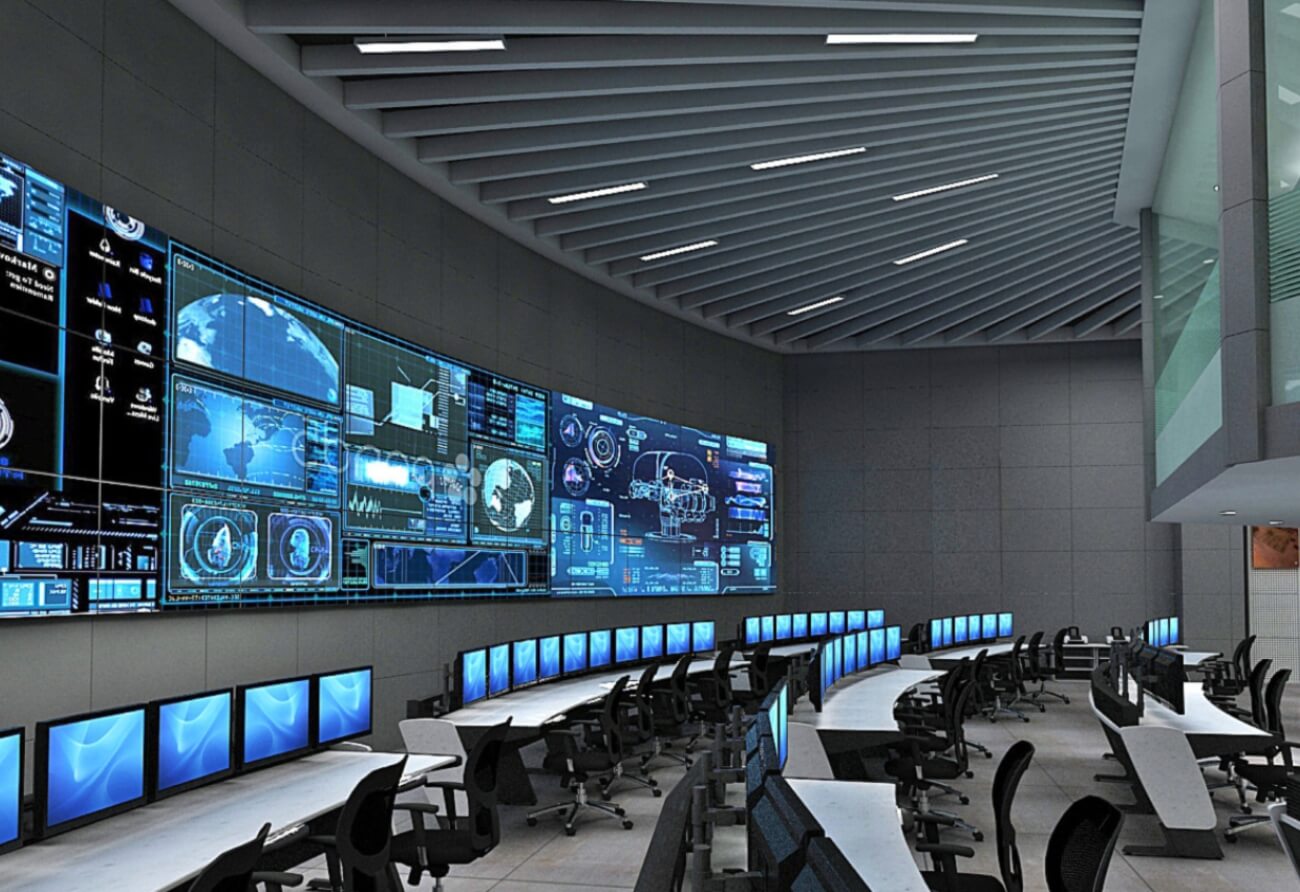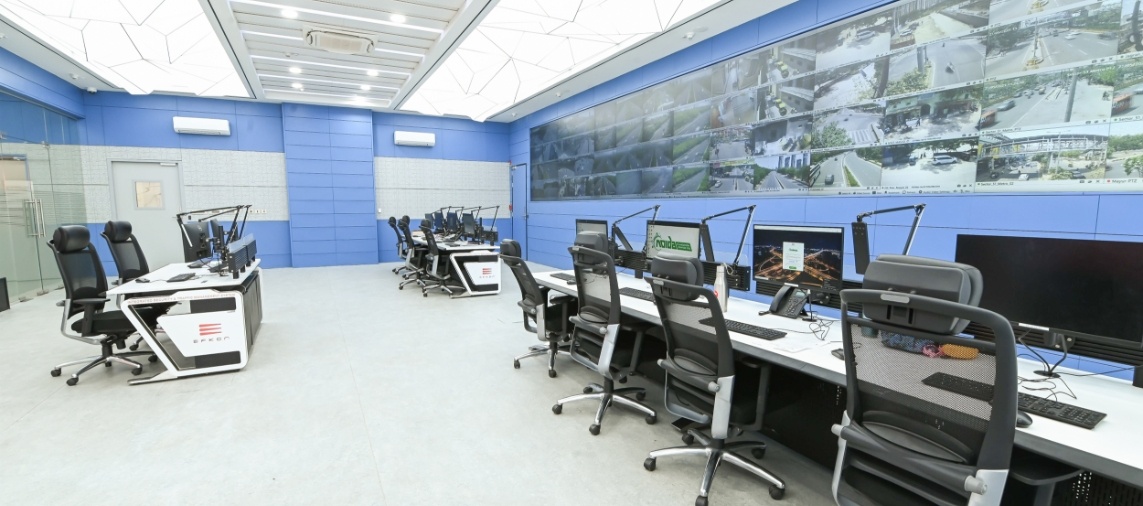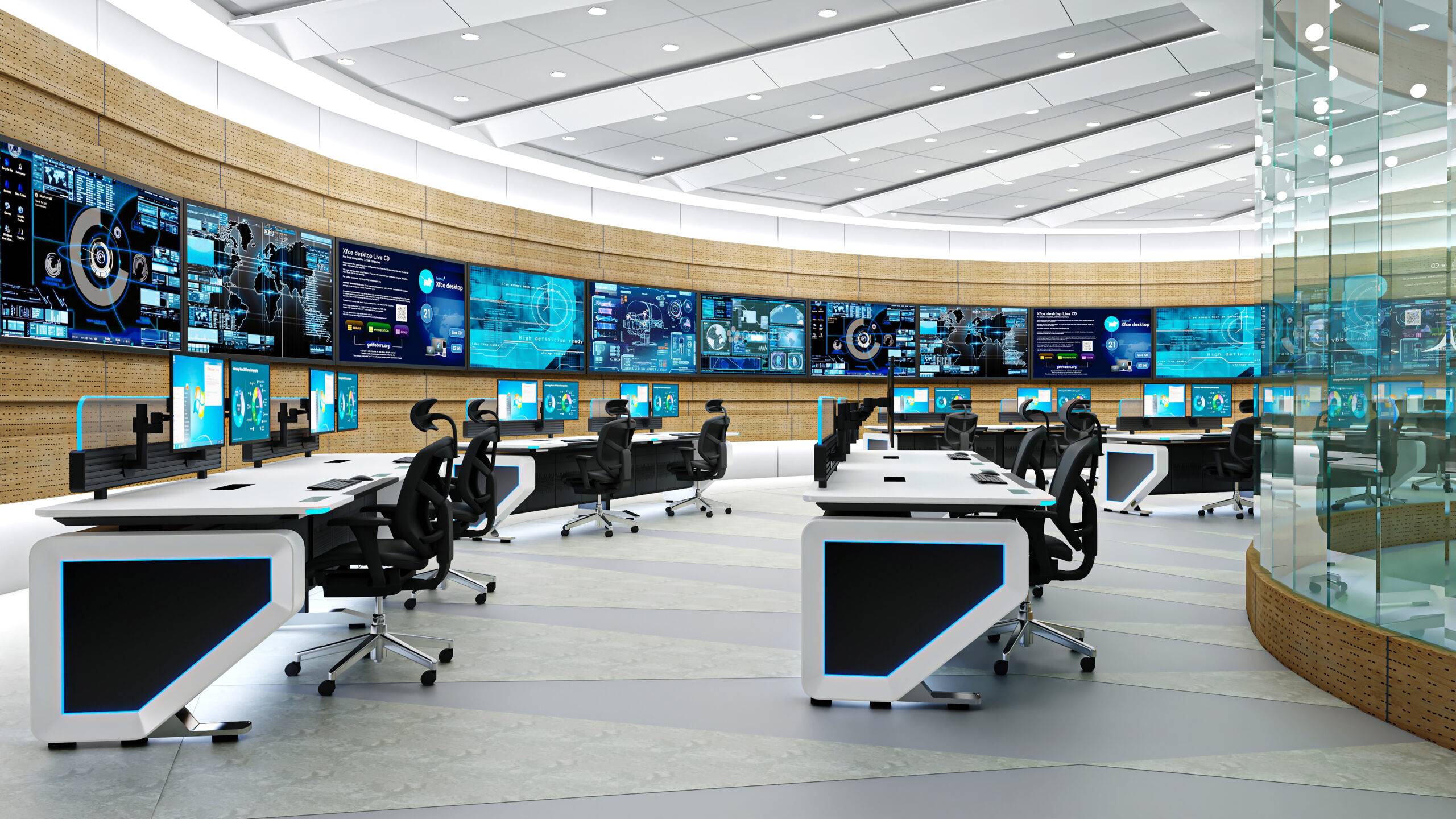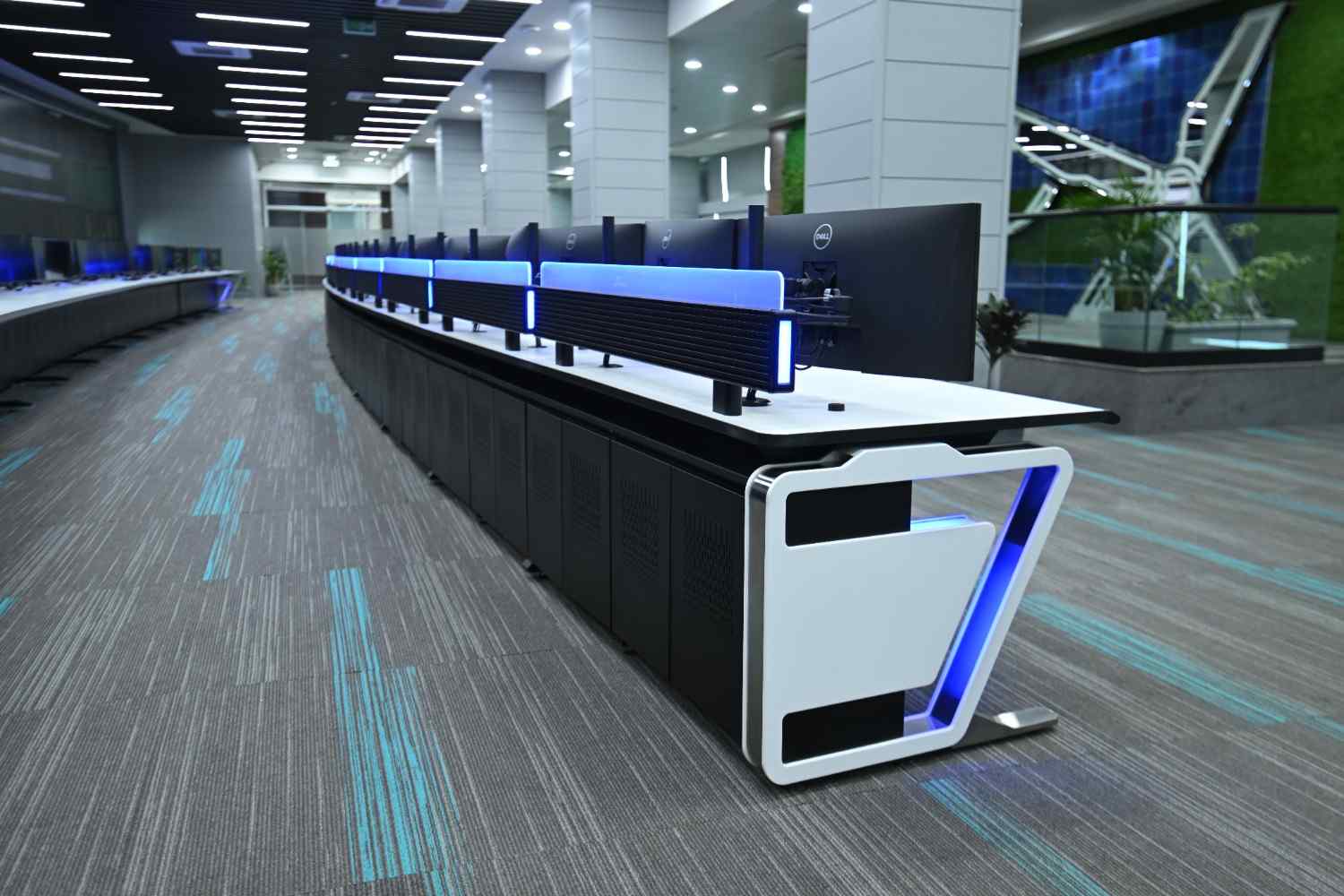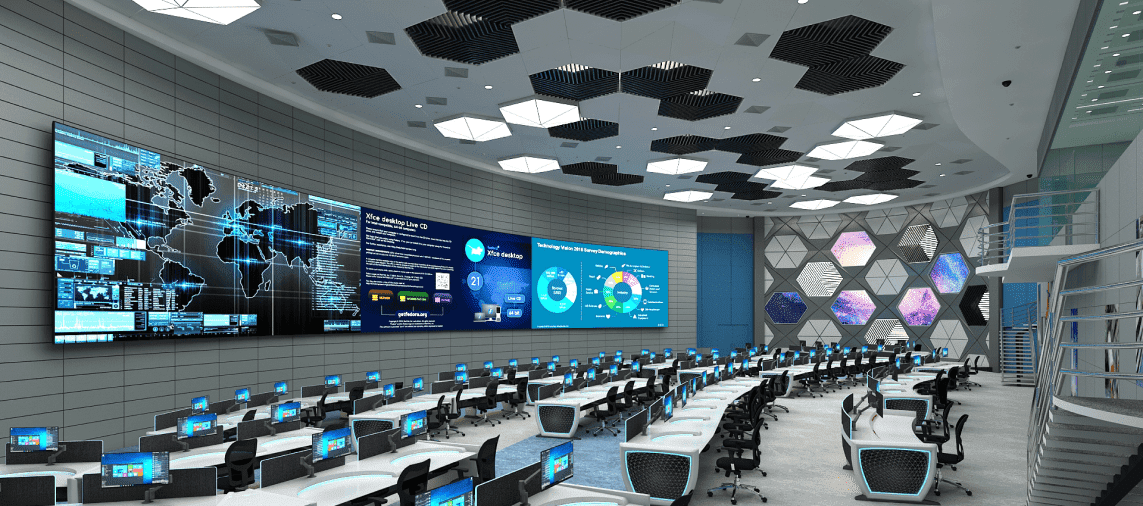Designing a security control room that supports uninterrupted operations around the clock requires more than just placing monitors and desks in a room. It’s about building a space that enables operators to stay focused, responsive, and efficient during long shifts. Whether monitoring a citywide surveillance network or ensuring real-time response in a high-risk facility, the setup of the security room plays a critical role in operational success.
From large-scale infrastructure such as oil and gas, power plants, and smart cities to facilities like airports, marine terminals, and cement plants, control environments must maintain reliability under pressure. A poorly designed space can lead to fatigue, missed alerts, and reduced situational awareness — risks no high-security operation can afford.
The Function and Role of a Security Control Room
A security control room is the nerve center of any surveillance-driven operation. It consolidates data, visuals, and communications into one operational hub, allowing security teams to monitor, respond, and coordinate actions in real time.
These security room go far beyond traditional CCTV monitoring setups. Modern control room solutions bring together feeds from video surveillance systems, access control, emergency alarms, and integrated building management systems. A well-designed surveillance room supports real-time decision-making while keeping the environment comfortable and efficient for operators.
Challenges in 24/7 Security Room Operations
Managing a security room around-the-clock poses a special set of difficulties:
Operator Fatigue: Extended shifts demand ergonomic setups to reduce strain.
Technology Integration: Systems from different OEMs must work seamlessly.
Thermal and Acoustic Management: Heat from monitors and equipment, combined with ambient noise, can impact concentration.
Lighting and Visibility: Poor lighting leads to eye strain and alertness issues.
Redundancy & Safety: Power and network reliability are critical in continuous operation.
Key Design Principles for Security Room
Ergonomics and Operator Comfort
In a security room, operators often work in 8–12-hour shifts. Adjustable-height consoles, correct sight lines, and seating that supports long-term posture are vital. Consoles must adhere to ISO 11064 and human factors design standards. Thermal comfort, minimal screen glare, and clear acoustics in the security room contribute directly to operator performance.
Layout and Workflow Optimization
Coordination is made easier by dividing the control room into functional areas such supervisor spaces, monitor walls, and command zones. The layout of the room must be simple, with adequate area to prevent clutter and facilitate rapid team communication.
Technology Integration and Display Configuration
Large video walls, multi-monitor setups, and integrated control interfaces need proper planning. Equipment placement must balance accessibility with visual hierarchy. Cabling should remain hidden yet accessible for maintenance.
Environmental Control and Infrastructure
In security room temperature management, lighting automation, airflow, and noise reduction all directly affect concentration and productivity. Security control rooms must be supported by reliable infrastructure because they run constantly. Redundancies in HVAC, backup power, and networks cannot be compromised.
Surveillance Room Scalability
Security threats evolve, and so must the space. Modular control room solutions allow for expansion and equipment upgrades without disrupting operations. Scalability is key in sectors like smart cities and urban surveillance, where systems grow continuously.
Industries That Depend on High-Performance Security Control Rooms
Good security control rooms are essential to many different industries, such as:
Oil & Gas: Pipeline monitoring, asset protection
Steel & Cement: Perimeter and production zone surveillance
Power Plants: Grid monitoring, critical facility access
Aviation & Marine: Airside and port security, baggage & cargo checks
Smart Cities: Traffic, public safety, and infrastructure oversight
About Pyrotech Workspace Solutions Pvt. ltd.
Since 2006, Pyrotech Workspace Solutions has specialized in designing and executing mission-critical control room environments. With over 60,000+ consoles and 450+ control rooms delivered globally, the company has become a trusted partner for industries like defense, power, aviation, and surveillance.
Every solution is designed keeping in mind international ergonomic standards, environmental reliability and scalability. Whether it is a high-security security room for a smart city or a multi-operator defense command center, Pyrotech Workspace brings proven experience to every project.
FAQ
security room brings all monitoring tools into one place, helping operators spot and respond to issues in real time.
It depends on the team size and equipment. The space should allow smooth workflow, comfort, and future expansion.
Specialized consoles built to ergonomic standards, often with features like motorized height adjustment, cable management, and integrated power and data ports.
A surveillance room is designed for constant alertness, minimal distractions, and extended operations. It requires noise control, visual clarity, and thermal management not found in regular office environments.
While the physical layout may last years, tech upgrades are typically needed every 3–5 years to align with the latest monitoring, networking, and interface systems.



